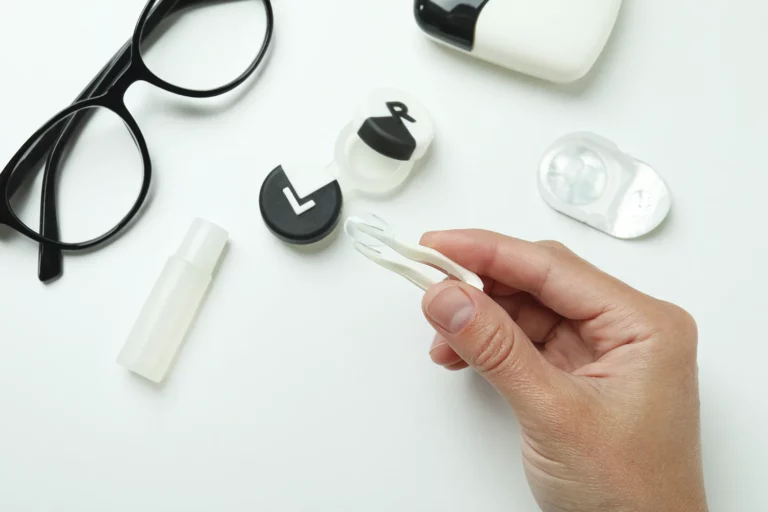Introduction to the Procedure
A facelift, or rhytidectomy, is a cosmetic surgical procedure designed to reduce the visible signs of aging in the face and neck. It involves tightening the skin and underlying tissues, smoothing deep folds, and reducing sagging to restore a more youthful and refreshed appearance. Facelifts are popular among individuals seeking long-term improvement for issues such as jowls, deep wrinkles, and loose skin around the face and neck.
Stages of the Procedure
The facelift procedure is typically performed in stages:
- Consultation and Planning: During the initial consultation, the surgeon assesses the patient’s facial structure and skin condition, discusses their aesthetic goals, and develops a personalized treatment plan.
- Anesthesia: On the day of the surgery, either general anesthesia or local anesthesia with sedation is administered to ensure the patient’s comfort during the procedure.
- Incision: The surgeon makes incisions along the hairline, starting at the temples, continuing around the ear, and ending in the lower scalp. For a neck lift, a small incision may also be made under the chin.
- Tissue Repositioning: The surgeon lifts and repositions the underlying facial tissues, tightening the muscles and removing excess fat. The skin is then redraped over the newly contoured face, and any excess skin is trimmed away.
- Closing the Incisions: The incisions are closed with sutures or skin adhesives. In some cases, small drainage tubes may be placed to prevent fluid buildup.
- Recovery: After the surgery, the patient is monitored during the recovery phase before being discharged with specific aftercare instructions.
People Eligible for the Procedure
Facelifts are suitable for individuals who:
- Experience moderate to severe facial sagging, deep wrinkles, and loss of skin elasticity due to aging.
- Are in good overall health, without medical conditions that could impair healing.
- Have realistic expectations about the outcome of the procedure.
- Do not smoke or are willing to stop smoking in advance of the surgery. Ideal candidates are individuals seeking long-term facial rejuvenation and who wish to address significant signs of aging in the face and neck.
Preparation Before the Procedure
Proper preparation for a facelift ensures optimal results and a smooth recovery:
- Medical Evaluation: A full medical evaluation is necessary to assess the patient’s health and determine their eligibility for surgery. The surgeon may recommend blood tests and other assessments.
- Avoid Certain Medications: Patients should stop taking blood-thinning medications, anti-inflammatory drugs, and certain supplements that can increase bleeding risk.
- Smoking Cessation: If the patient smokes, they should quit at least several weeks before the procedure to promote healing and reduce complications.
- Arrange for Assistance: Since the recovery period involves rest and limited activity, it’s important to arrange for someone to assist with daily activities for the first few days after surgery.
Instructions After the Procedure
Post-surgery care is crucial for a successful recovery and optimal results:
- Rest and Elevate: Keep the head elevated and avoid strenuous activities to reduce swelling and promote healing.
- Follow Wound Care Instructions: The surgeon will provide detailed instructions on how to care for the incisions to prevent infection and promote healing. This may include cleaning the area and applying prescribed ointments.
- Avoid Smoking and Alcohol: Both smoking and alcohol can hinder the healing process, so they should be avoided during the recovery period.
- Manage Discomfort: Some swelling, bruising, and discomfort are normal after the procedure. The surgeon may prescribe pain medication or recommend over-the-counter options to manage these symptoms.
- Attend Follow-Up Appointments: Regular follow-up visits are necessary to monitor healing and ensure the incisions are healing properly.
The Result
The results of a facelift are long-lasting and can significantly enhance a person’s appearance by reducing visible signs of aging. Patients will notice smoother skin, a more defined jawline, and a youthful facial contour. While aging continues, the effects of a facelift can last for many years, especially when combined with good skincare, a healthy lifestyle, and sun protection. It may take several months for swelling to fully subside, and final results can be appreciated after this time.
Why Choose Royal Clinic in Turkey for a Facelift
Royal Clinic in Turkey is a top choice for facelift procedures due to several key factors:
- Expert Surgeons: The clinic is staffed by highly experienced and board-certified plastic surgeons who specialize in facial rejuvenation techniques. Their expertise ensures that each patient receives a customized approach to achieve the best possible results.
- State-of-the-Art Technology: Royal Clinic uses the latest advancements in cosmetic surgery, including minimally invasive techniques that reduce recovery time and improve outcomes.
- Affordable Treatment: Facelift procedures at Royal Clinic are offered at competitive prices, making high-quality cosmetic surgery accessible to international patients without compromising on safety or results.
- Comprehensive Patient Care: From the initial consultation to post-operative follow-up, Royal Clinic provides end-to-end care, ensuring that patients feel supported and confident throughout their journey.
- Dental and Cosmetic Tourism: The clinic offers tailored packages for international patients, including accommodation, airport transfers, and other logistical support, making it convenient to travel to Turkey for cosmetic treatments.
Royal Clinic in Turkey is committed to delivering exceptional facelift results with a focus on patient safety, satisfaction, and comfort.





